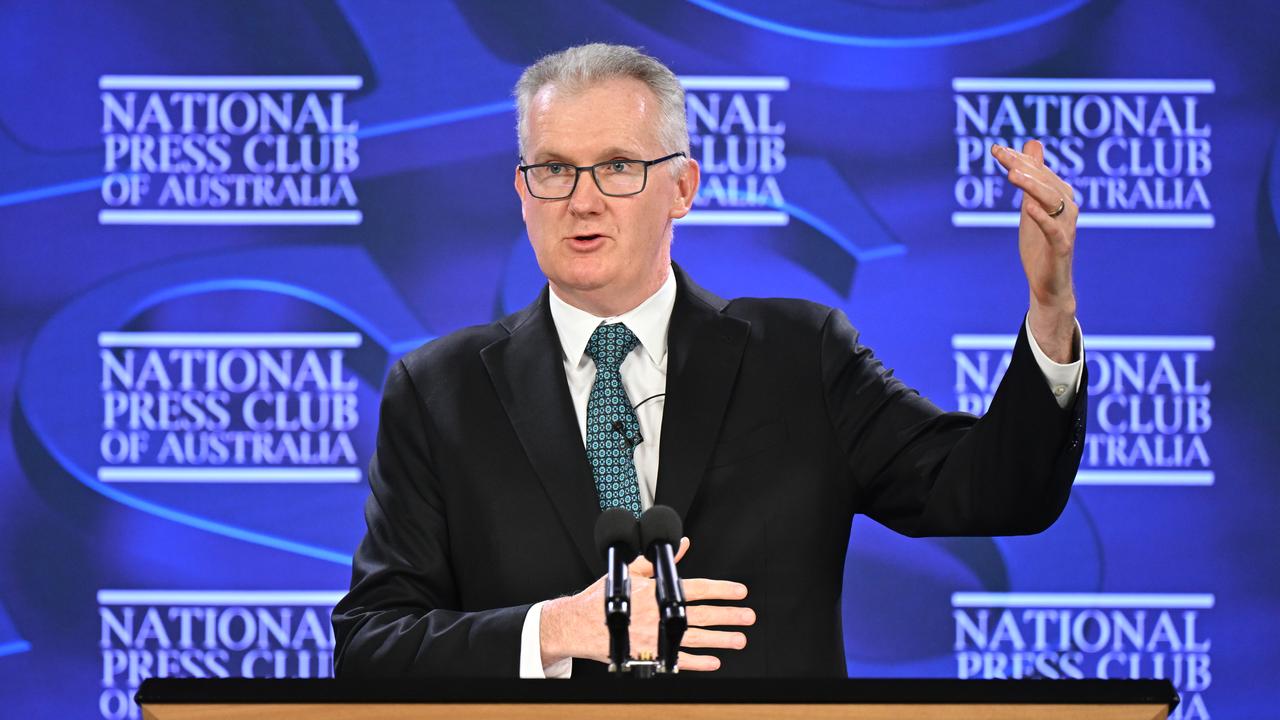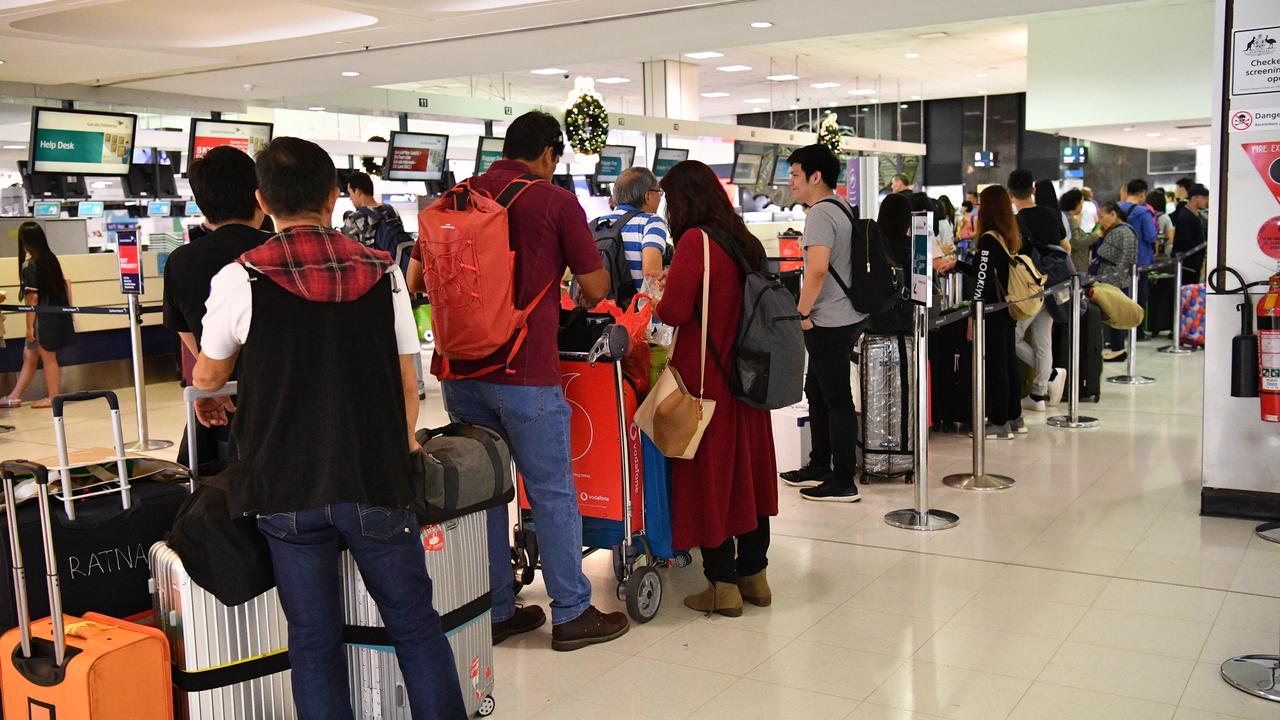
Australia could be forced to bring in more migrants to fill critical gaps in the nation's workforce created by the AUKUS nuclear submarine program, the home affairs minister warns.
Tony Burke used a major address to suggest some Australians will leave their jobs to seek out better-paying roles in the defence sector as the AUKUS pact progresses in the coming years.
That could leave a number of industries short of workers, forcing them to look overseas for staff.

"There are going to be really significant, high-paying jobs that a lot of Australians will move to," Mr Burke told the National Press Club on Thursday.
He said while some of the roles left behind by AUKUS workers would be filled by Australians, migrants could be needed to fill others.
Mr Burke also hit back at suggestions that high levels of migration were making it harder for Australians to find a home, saying overseas workers were helping to build more homes.
He also warned of impacts to other industries if the government curbed migration too drastically.
"If we go too hard, we will in fact reduce our capacity to improve housing supply, or ... farmers won't be able to get working holiday workers," he said.
"We would have a situation where our aged care system went into collapse."

Australia's migrant intake spiked in the years after the COVID-19 pandemic as international students and citizens who were stranded overseas flooded back into the country.
The most commonly used immigration measure is the net overseas migration, or the number of people entering Australia minus the number of people leaving.
That figure peaked in 2022/23 at more than half a million people, and is slowly returning to pre-pandemic levels.
However, recent readings are still well above government forecasts.
Pressed on what an appropriate long-term migration level would be, Mr Burke said he would not give a "magic number", arguing the figure was notoriously hard to predict because the government can't control whether Australians choose to move overseas or return home.
"I think we need to be honest about the limitations," he said.







